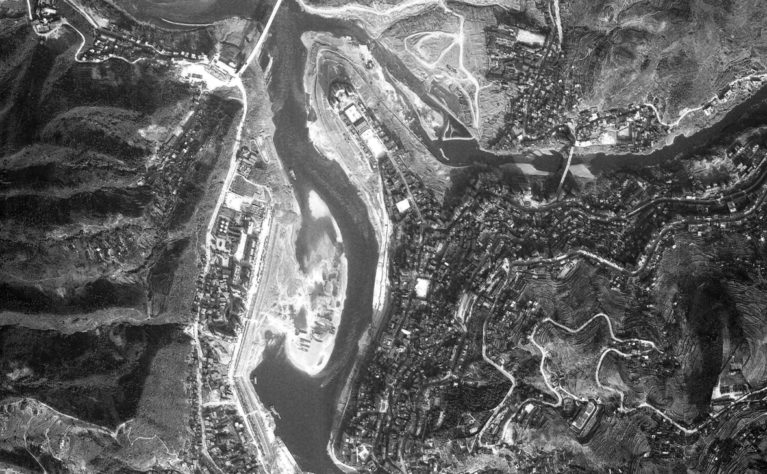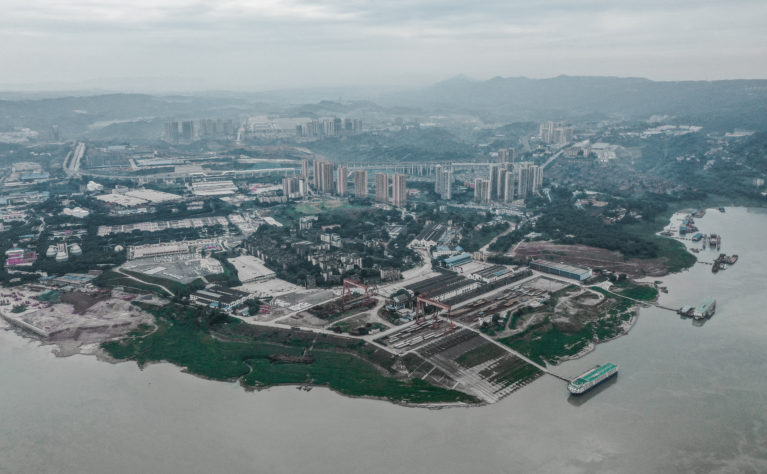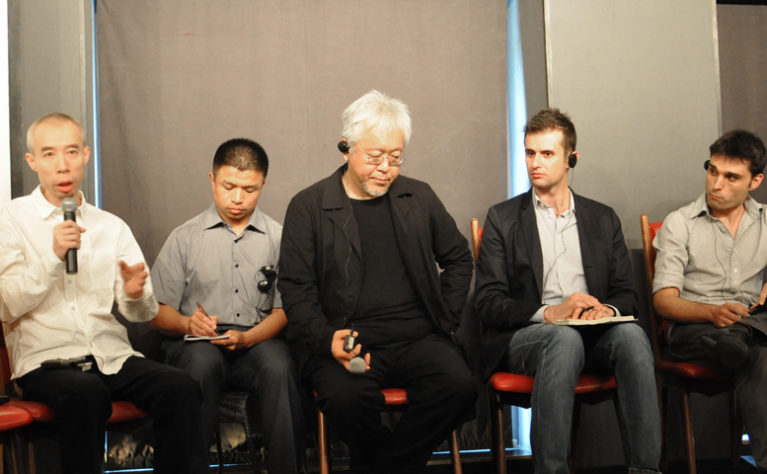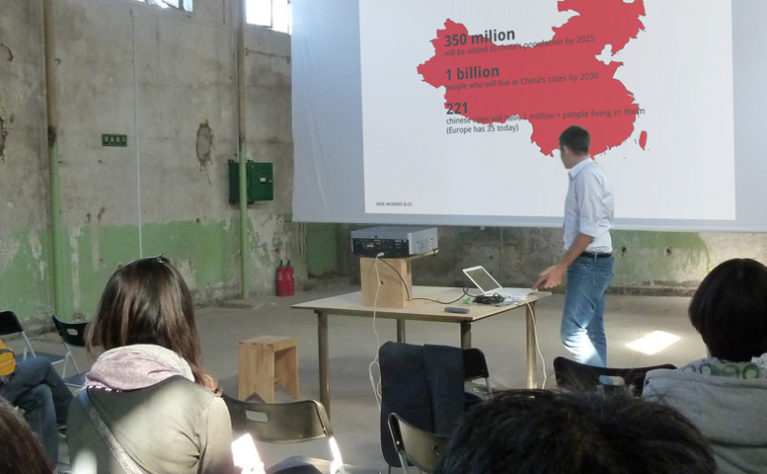
Possibly the first idea of a limit in the historic city was defined by its own walls, which were systematically exceeded and rebuilt to maintain a defensive system. When traditional space evolves and becomes overgrown, urbanism emerges as a discipline, the city is transformed and its limit transforms with it. The increase in population and industry has changed the scale of our cities and growth has been reflected in a new organisation.
The space we live in, where our social activities take place, expands and is inescapably fragmented while a new infrastructure connects the pieces. The city mutates into a system made by separate but interconnected zones, with each zone having a hierarchy and its own identity derived from topographical or social dynamics. It is a system of parts forming a whole.
The size of the parts and their formation as a unit is essential to define the limit of the city. When the growth surpasses the ideal size for interaction between its inhabitants, a division is used as a tool to understand social relationships and territory. Systems put in place to connect the parts of this multifunctional urban fabric present the city as an abstraction of fragmentation. Cities become a vast territory composed of known fragments. Public transportation is indicative of this since, following a network diagram, we can quickly traverse a city by subway to take part in activities without membership to a territory.
The limit of the contemporary city is, therefore, abstract and non-physical; it is not linked to where suburbs begin. Outskirts are no more than a fluctuating space, a mixed-use dispersed fabric where the physical limit of the city is speculated on. The metropolis is, however, interested in its inhabitants and their relationships in connection to a place. In this sense, interactions are becoming longer in space and shorter in time.
Aside from urban mobility, telecommunications have become invisible meeting points that are replacing spaces traditionally provided by the city for commerce and encounter. Many of the social relations in the city have transcended spatial barriers. The contemporary city has exceeded its limit.




